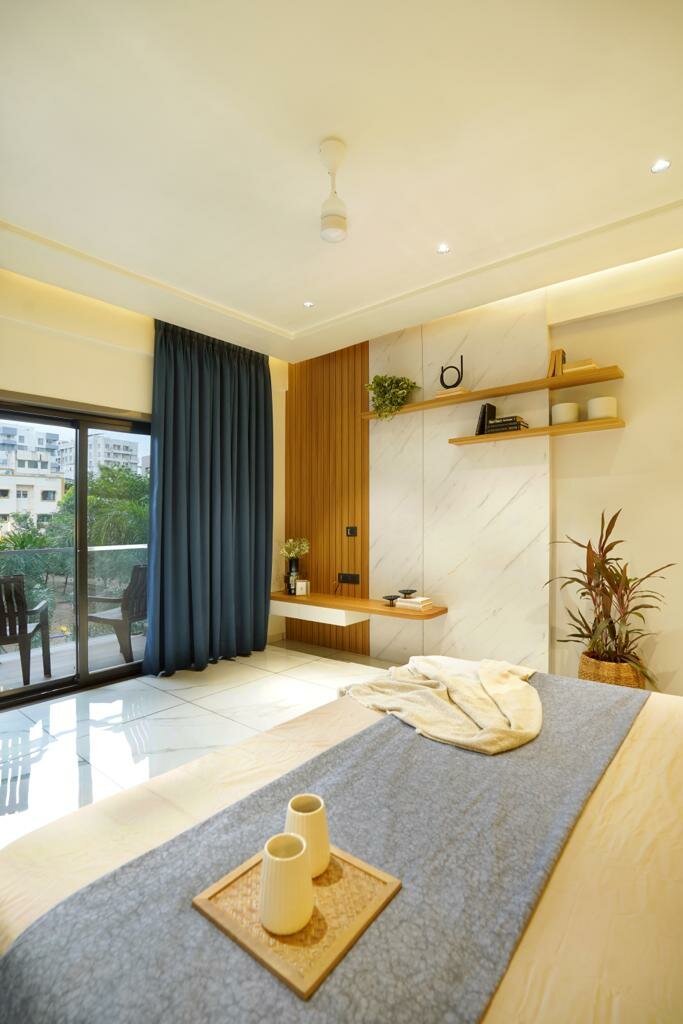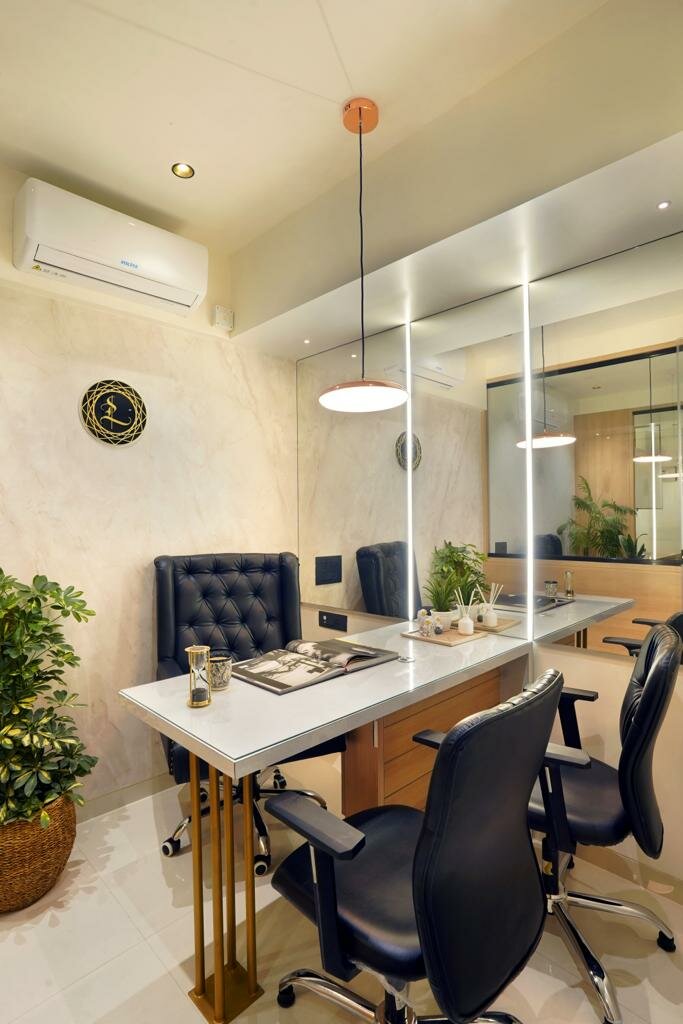Best Revit Modeling Interior Designers In Wadala East Mumbai
Revit Modeling Interior Designers Mumbai

Revit Modeling
Project Setup:
Start by setting up your project in Revit. Define the project location, units, and other project-specific settings.
Creating Rooms:
Use the Room tool to create individual rooms within the building. Assign names and numbers to each room.
Modeling Interior Elements:
Begin modeling interior elements such as walls, ceilings, floors, and columns to define the overall structure of the space.
Use the various modeling tools in Revit to accurately represent the design of the interior, including custom shapes and features.
Furniture and Fixtures:
Incorporate furniture, fixtures, and equipment (FF&E) into the model. You can use Revit’s extensive library of 3D objects or create custom families for unique items.
Materials and Finishes:
Apply materials and finishes to surfaces to accurately represent the design. Revit allows you to specify materials and their properties for realistic rendering and quantity takeoffs.
Lighting and Electrical:
Design lighting layouts and electrical systems within the interior space. Revit provides tools for placing lighting fixtures, switches, and outlets.
Plumbing and HVAC:
If necessary, incorporate plumbing and HVAC elements into the design to ensure a comprehensive interior model.
Detailing and Annotations:
Add annotations, dimensions, and details to your interior design to communicate your ideas effectively and create construction documentation.
Schedules and Quantities:
Use Revit’s scheduling capabilities to generate lists of materials, furniture, and fixtures. This is crucial for cost estimation and procurement.
Collaboration:
Collaborate with architects, engineers, and other stakeholders by linking your interior design model with the overall building model to ensure coordination and consistency.
Renderings and Visualization:
Create realistic renderings and visualizations of your interior design using Revit’s rendering tools. This helps clients and project stakeholders to visualize the final space.
Documentation:
Generate construction documentation, including floor plans, elevations, sections, and details, directly from your Revit model. This ensures accuracy and consistency throughout the project.
Sustainability and Analysis:
If sustainability is a concern, use Revit’s analysis tools to evaluate energy performance and environmental impact.
Updates and Revisions:
As the project evolves, make necessary updates and revisions to the interior design model to reflect changes in the design.
Coordination and Clash Detection:
Use clash detection tools to identify and resolve conflicts between different building systems and components within the interior space.
Export and Collaboration:
Share your Revit model with team members, contractors, and clients. Revit supports various file formats for collaboration, including IFC (Industry Foundation Classes) and DWG.
Remember that learning to use Revit effectively as an interior designer may require training and practice. It’s a complex software with many features, but it can significantly enhance your ability to design, document, and communicate interior spaces in a professional and efficient manner.



